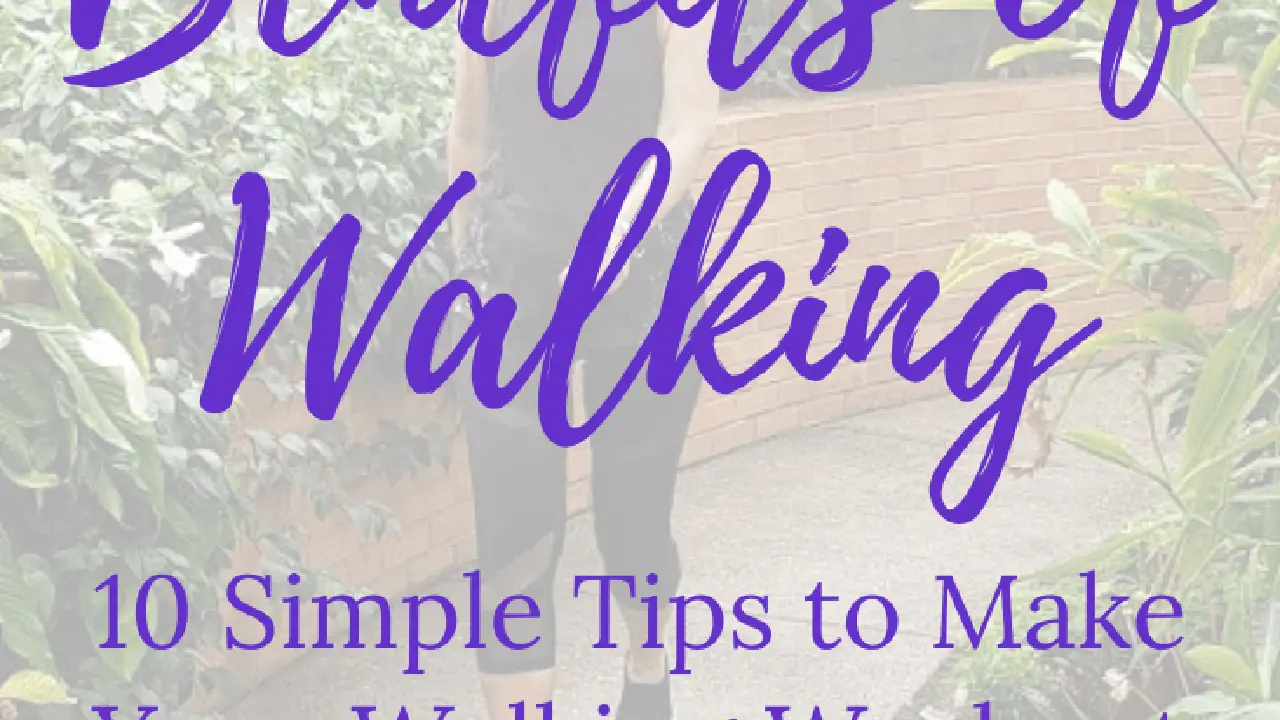The Impact of Air Pollution on Health and Prevention Strategies
Sample meta description.

Understanding Air Pollution and Its Health Impacts Air Quality Index (AQI)
Alright, let's dive into the murky world of air pollution. You know, that stuff you can sometimes see hanging in the air, especially in big cities? It's not just unpleasant to look at; it's seriously bad for your health. We're talking about a cocktail of nasty things like particulate matter (PM2.5 and PM10 – those are the tiny, sneaky particles that get deep into your lungs), ozone (that's the same stuff that protects us from the sun, but down here, it's a pollutant), nitrogen dioxide (NO2), sulfur dioxide (SO2), and carbon monoxide (CO). Sounds delightful, right?
So, what does all this gunk do to you? Well, it's not pretty. Air pollution can cause a whole host of respiratory problems, like asthma, bronchitis, and even chronic obstructive pulmonary disease (COPD). It can also trigger heart attacks and strokes, increase your risk of lung cancer, and even mess with your brain function. And it's not just long-term exposure that's the problem; even short-term spikes in air pollution can make you feel crummy. Think coughing, wheezing, and irritated eyes. Fun times.
The Air Quality Index (AQI) is your friend here. It's a handy tool that tells you how clean or polluted the air is. It runs from 0 to 500, with lower numbers being better. Anything above 100 is considered unhealthy for sensitive groups (like kids, the elderly, and people with respiratory problems), and anything above 150 is generally considered unhealthy for everyone. You can find the AQI for your area on most weather websites or apps. Pay attention to it, especially if you're planning on exercising outdoors.
Indoor Air Pollution Sources and Mitigation Strategies Home Air Purifiers
Okay, so you might be thinking, "I'm safe inside my house!" Unfortunately, not always. Indoor air pollution is a real thing, and it can be just as bad (or even worse) than outdoor air pollution. Think about it: you're spending a lot of time indoors, breathing in whatever's floating around in there.
What are the culprits? Well, there's a whole bunch of them. Mold and mildew are common problems, especially in damp areas like bathrooms and basements. Volatile organic compounds (VOCs) are released from things like paints, cleaning products, furniture, and even some building materials. Radon is a radioactive gas that can seep into your home from the ground. And then there's dust, pet dander, and secondhand smoke. Yuck.
So, what can you do about it? First, make sure your home is well-ventilated. Open windows and doors regularly, especially when you're cooking or cleaning. Use exhaust fans in your kitchen and bathroom. Second, get rid of any sources of mold or mildew. Clean them up promptly, and fix any leaks or moisture problems. Third, choose low-VOC paints, cleaning products, and furniture. Fourth, test your home for radon and install a mitigation system if necessary. And finally, consider getting an air purifier.
Speaking of air purifiers, let's talk about some specific products. They're basically machines that filter the air, removing pollutants like dust, pollen, and smoke. There are different types of air purifiers, but the most common ones use HEPA filters (High-Efficiency Particulate Air filters). HEPA filters are really good at capturing tiny particles, including PM2.5. Some air purifiers also have activated carbon filters, which help to remove odors and gases.
Here are a few popular air purifiers and their pros and cons:
- Levoit Core 300S: This is a great option for small rooms. It's relatively inexpensive, quiet, and effective at removing dust and pollen. It has a HEPA filter and an activated carbon filter. The price is around $100. It's ideal for bedrooms or small offices.
- Coway Airmega 400S: This is a more powerful air purifier that's suitable for larger rooms. It has a HEPA filter, an activated carbon filter, and a pre-filter to capture larger particles. It also has a smart mode that automatically adjusts the fan speed based on the air quality. The price is around $300. It's good for living rooms or open-plan spaces.
- Dyson Purifier Cool Formaldehyde TP09: This is a high-end air purifier that not only filters the air but also cools you down with a built-in fan. It has a HEPA filter, an activated carbon filter, and a catalytic filter that removes formaldehyde. It's expensive (around $700), but it's a good option if you want a stylish and versatile air purifier. Great for people sensitive to formaldehyde or those wanting a combined purifier/fan.
When choosing an air purifier, consider the size of your room, the types of pollutants you want to remove, and your budget. Read reviews and compare different models before making a purchase. And remember to replace the filters regularly to keep your air purifier working effectively.
Outdoor Air Pollution Protection Strategies Masks and Respirators
Okay, so you've cleaned up your indoor air. Great! But what about when you go outside? Unfortunately, you can't control the air quality outside, but you can take steps to protect yourself.
One of the simplest things you can do is to avoid exercising outdoors when the air quality is poor. Check the AQI before you head out for a run or bike ride, and if it's high, consider exercising indoors instead. You can also try to avoid busy roads and areas with a lot of traffic. These areas tend to have higher levels of air pollution.
Another option is to wear a mask or respirator. These can help to filter out pollutants and protect your lungs. Not all masks are created equal, though. Surgical masks are not very effective at filtering out small particles like PM2.5. N95 respirators are much better. They're designed to filter out at least 95% of airborne particles. You can find N95 respirators at most hardware stores or online. Make sure to choose a mask that fits properly and that you're comfortable wearing.
Here are some mask recommendations:
- 3M Aura 9205+ N95 Respirator: This is a popular and reliable N95 respirator. It's comfortable to wear and provides excellent protection. A pack of 20 costs around $30. Good for daily use during high pollution days.
- Cambridge Mask Pro: This is a reusable mask with a replaceable filter. It's more expensive than disposable N95 respirators (around $30 per mask), but it's a more sustainable option. The filters need replacing every few weeks depending on usage.
- Respro Ultralight Mask: This mask is designed for cyclists and other athletes. It's lightweight and breathable, and it has a filter that removes pollutants and allergens. Around $40. Ideal for outdoor exercise in polluted environments.
Remember to replace your mask regularly, especially if it becomes dirty or damaged. And don't forget to wash your hands after removing your mask.
Dietary and Lifestyle Choices for Air Pollution Defense Antioxidant-Rich Foods
Did you know that your diet and lifestyle can also play a role in protecting you from air pollution? It's true! Eating a healthy diet and making smart lifestyle choices can help to boost your immune system and reduce your risk of developing health problems related to air pollution.
One of the most important things you can do is to eat a diet rich in antioxidants. Antioxidants are substances that protect your cells from damage caused by free radicals. Free radicals are unstable molecules that can damage your DNA and other important cell components. Air pollution can increase the production of free radicals in your body, so it's important to get plenty of antioxidants from your diet.
Good sources of antioxidants include fruits, vegetables, and whole grains. Some particularly good choices include berries, leafy greens, broccoli, carrots, and sweet potatoes. You can also get antioxidants from supplements, but it's always best to get them from food whenever possible.
In addition to eating a healthy diet, it's also important to stay hydrated. Drinking plenty of water helps to flush toxins out of your body. You should also avoid smoking and limit your exposure to secondhand smoke. Smoking is a major source of air pollution, and it can also damage your lungs and increase your risk of developing respiratory problems.
Finally, try to get regular exercise. Exercise can help to improve your lung function and boost your immune system. Just be sure to avoid exercising outdoors when the air quality is poor.
Community Initiatives and Advocacy for Cleaner Air
Protecting yourself from air pollution is important, but it's also important to work to improve air quality in your community. There are many things you can do to advocate for cleaner air, from supporting local environmental organizations to contacting your elected officials.
One of the most effective things you can do is to reduce your own contribution to air pollution. Walk, bike, or take public transportation whenever possible. Drive a fuel-efficient car or an electric car. Conserve energy at home. And support businesses that are committed to sustainability.
You can also get involved in local environmental organizations. These organizations work to raise awareness about air pollution and to advocate for policies that will improve air quality. You can volunteer your time, donate money, or simply spread the word about their work.
Finally, contact your elected officials and let them know that you care about air quality. Tell them that you want them to support policies that will reduce air pollution and protect public health. Your voice matters!
Real-Time Air Quality Monitoring Apps and Devices
Staying informed about the air quality in your immediate surroundings is crucial for making informed decisions about your health and activities. Luckily, a variety of real-time air quality monitoring apps and devices are available to help you stay updated.
These tools provide up-to-the-minute data on pollutants like PM2.5, PM10, ozone, and nitrogen dioxide, allowing you to track air quality trends and plan your day accordingly. Some apps even offer personalized recommendations based on your health conditions and sensitivities.
Here are a few popular options:
- AirVisual: This app provides real-time air quality data from thousands of monitoring stations around the world. It also offers historical data, forecasts, and health recommendations. Free with premium features.
- Plume Labs: Plume Labs offers hyperlocal air quality forecasts and real-time data. Their app also provides personalized recommendations based on your location and activities. Free with premium features.
- Awair: Awair makes indoor air quality monitors that track pollutants like PM2.5, VOCs, and CO2. Their devices connect to your smartphone and provide real-time data and insights. Device cost varies depending on model (around $200-$300).
By utilizing these tools, you can proactively protect yourself and your family from the harmful effects of air pollution.
:max_bytes(150000):strip_icc()/277019-baked-pork-chops-with-cream-of-mushroom-soup-DDMFS-beauty-4x3-BG-7505-5762b731cf30447d9cbbbbbf387beafa.jpg)






